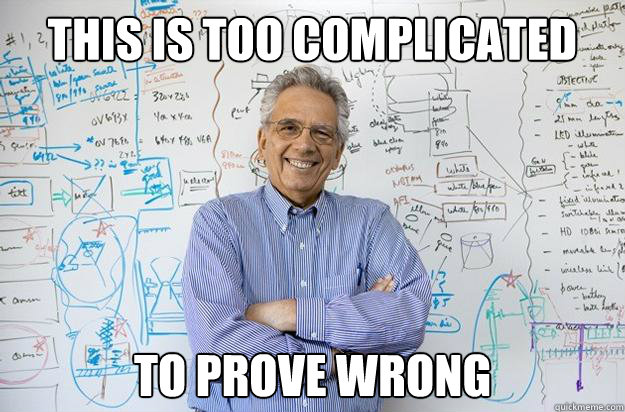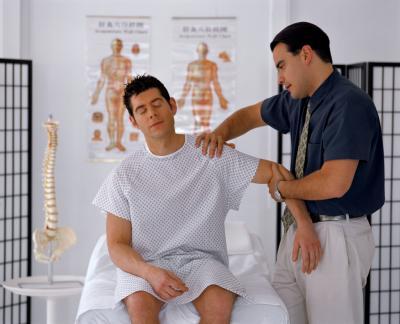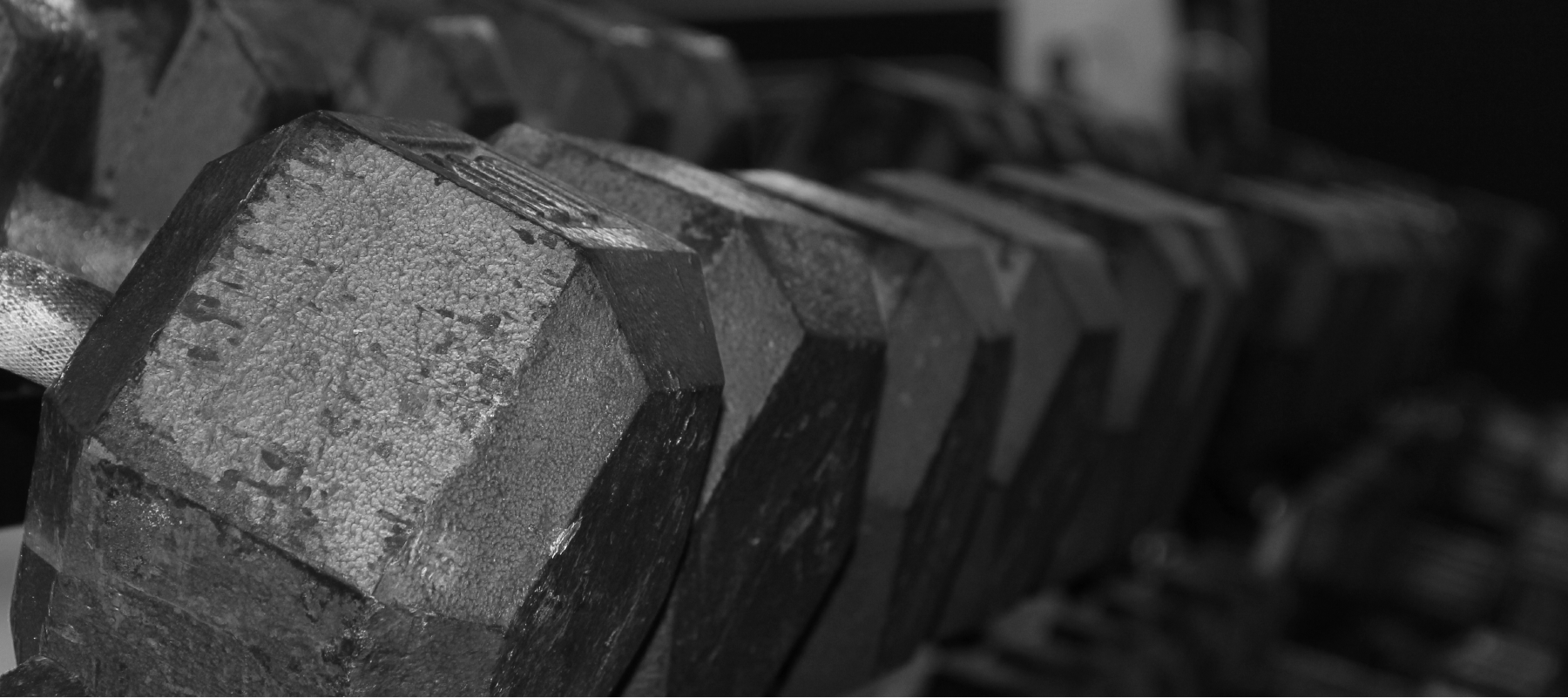So it’s Tuesday morning, and it dawned on me that I missed the Monday Musings post for the week. Go me. Fortunately, I have a legitimate excuse–I was busy pillaging my physics exam. For those of you who don’t know me personally, this is a huge accomplishment, as physics has been the bane of my existence since high school. Anywho, I figured that late is better than never, so here’s your (belated) Monday Musings for the week.
Too Cool for Corrective Exercise?
It has been my observation for the last couple of years that when it comes to training, athletes at all levels are primarily interested in putting more weight on the bar in their big lifts. Try to give them some corrective exercise and they’ll usually complain, half-ass it, or skip it altogether when you’re not around or have your back turned.
I’ve been in their position, and I can understand why this is the case: athletes want to feel like they’re working hard–they want to know that the time they’re putting in in the gym is going to pay off on the field of play. Lifting heavy weights looks cool, feels badass, and you can actually quantify and track improvement. Lying on your back and blowing into a balloon, on the other hand, doesn’t exactly get the people going, in the words of the great Will Ferrell. And while strength coaches and physiotherapists may know better, athletes don’t have the academic and clinical background to understand the potential benefits these exercises may have. Getting the athlete to buy into these types of things can indeed be a challenge, so here are a few tips to help bridge the gap and make sure you can get your athletes on board.

1. Incorporate breathing pattern and postural cues into “staple” lifts. This will help you reach your goal of addressing asymmetries, imbalances, and dysfunctions in your athletes, and they’ll be happy because they’re doing exercises they enjoy and are comfortable with. This post by Rob on cuing an exhale before performing a squat is a perfect example. The athlete gets to put up big weight, and the coach gets to reinforce the movement patterns he/she wants. It’s a win-win.
2. Explain your reasoning behind your corrective exercise. If athletes understand exactly why mobility and breathing exercises are going to benefit them, then they’re more likely to adhere to the program, even if they can’t actually quantify that benefit. You don’t have to lecture like a kinesiology professor (you’re actually better off not doing that), but giving them a simplified understanding of how corrective exercise will translate into performance gains and injury prevention can go a long way in getting them to buy into what you’re selling.

The important caveat for this tip, however, is that, as a coach, you actually need to understand the methodology yourself. That may seem like a no-brainer, but there are definitely people out there who will take a drill they see another highly-esteemed coach using and throw it at their own athletes without understanding why. And I don’t necessarily mean they don’t understand what the exercise does–more often you’ll see a coach know what the exercise is for but not know whether or why an athlete needs it. For example, a coach might be able to tell you that an exercise in his warmup is for improving shoulder mobility, but can they tell you why their athletes need it? Did they consider that the athlete could be hypermobile at the shoulder and actually need more stability, and not increased mobility? Every athlete is unique in their needs for mobility and stability at various joints, and so telling an athlete that you’re trying to improve their shoulder mobility is not good enough. Explain to them why they need improved shoulder mobility, and how that improvement will translate to their performance in their sport.
3. Strategically place your corrective exercises within your program. For example, a good time to include corrective exercises is in a phase with low volume and high intensity, which will necessitate longer rest periods. Sliding corrective exercises right after the staple lifts can allow the coach to address whatever issues most concern them, while still allowing the athlete to get a good rest. Moreover, this can help improve the “flow” of the workout: since part of their rest period is a sort of “active recovery”, they’re not doing as much sitting around. Again, it’s a win-win: the athlete gets the rest, and the coach enjoys the corrective benefits.
4. Test ranges of motion and visually show them what the exercises do. One of the best features of the Postural Restoration Institute is their “withdrawal A-B-A” testing during treatment. For example, checking an athlete’s glenohumeral internal rotation range of motion prior to an intervention (in this case a correct exercise) and then again immediately after the intervention allows the athlete to serve as their own control and gives them valuable visual, mechanoreceptive, and proprioceptive feedback regarding the effects of the interventions. It’s important, of course, to not give the athlete/patient any information regarding what to expect, as this will introduce the possibility of subject-expectancy bias. At that point you’re not being a practitioner, you’re being a magician.

5. Have reasonable expectations. Don’t expect your athletes to immediately embrace a new and unusual movement, and make concessions when necessary. For example, a few exercises from the Postural Restoration Institute involve using a balloon to help with correcting breathing patterns. For a lot of coaches, getting your athletes to buy into blowing up a balloon during their workouts is not easy. This is, of course, setting-dependent. The more well-established you are, the more leeway you’ll typically have with your athletes in what you can get them to accept. Coaches working in a team setting have the benefit of not having to placate the athlete as much because the workouts are mandated, and the athletes can’t just choose to lift elsewhere. And the more history you have with an athlete, the more they’ll trust your judgment in exercise selection. Still, it’s important to take this variable into consideration when programming corrective exercise. In order to maximize the benefits of a program, athletes need to be invested in it, and they’re not going to be invested if they think a lot of the exercises are stupid.
That’s all I got for today; if anyone has additional tips then feel free to leave them in the comment section!
